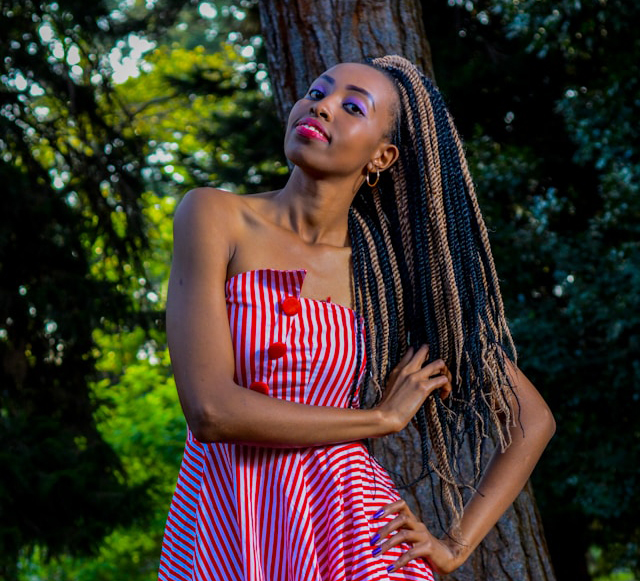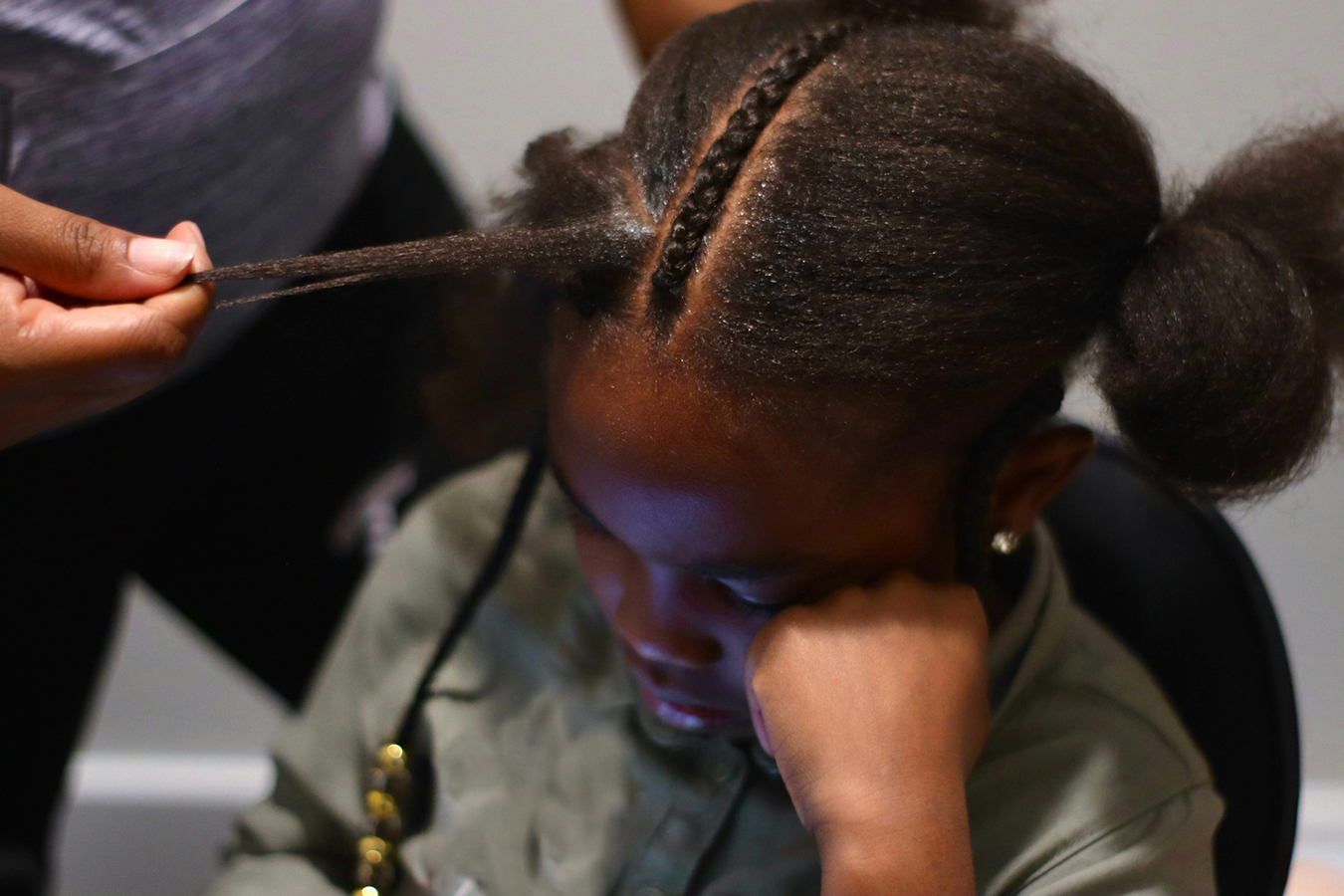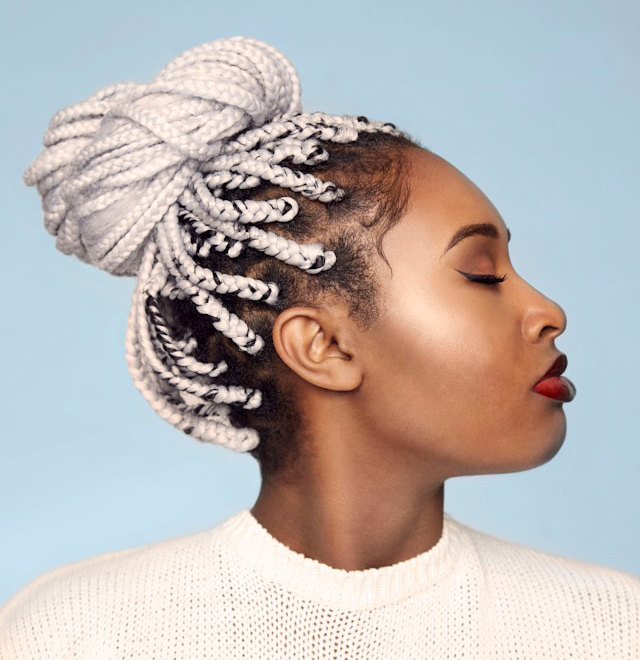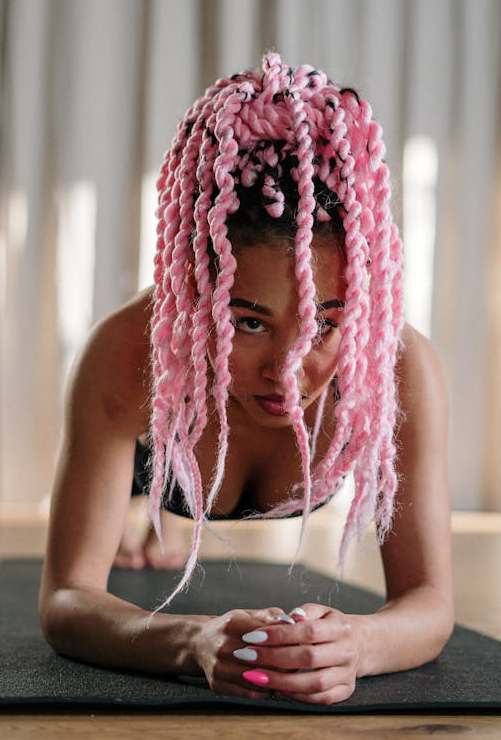Lead, Cancer-Linked Chemicals Found in 100% of Synthetic Braiding Hair Tested

For many in the Black community, braids are more than just a hairstyle—they’re a statement of heritage, identity, beauty, and practicality. Whether preparing for vacation, simplifying routines, or sending kids off to summer camp, protective styles like box braids, twists, and faux locs are a trusted choice. But a recent Consumer Reports (CR) investigation has raised serious questions about what’s in the synthetic braiding hair used in these styles—and how it may be affecting our health.
Shocking Findings from Consumer Reports

CR tested 10 popular synthetic braiding hair products, and the results were deeply concerning:
- Carcinogens (chemicals known to cause cancer) were found in every single sample.
- Lead, a toxic metal linked to brain and nervous system damage, was detected in 9 out of 10 products.
- Volatile Organic Compounds (VOCs) like acetone were found in all products and are released into the air when braiding hair is sealed with hot water, flat irons, or lighters.
These chemicals can be absorbed through the scalp, inhaled during styling, or ingested through hand-to-mouth contact. Because braids are often worn for weeks, exposure is extended and potentially harmful.
Health Risks from Synthetic Hair for Adults and Children
CR scientists warn that long-term exposure to these chemicals could contribute to developmental delays, reproductive issues, hormone disruption, and even cancer. Children who wear synthetic braids are particularly vulnerable.

Many braid-wearers report scalp irritation, burning, rashes, and sore throats after using certain hair brands. Dermatologists and stylists believe these symptoms are likely tied to chemical coatings, dyes, or plastics in the hair.
What Can You Do?
While safer options may exist, CR found that all tested products contained contaminants. Still, here are a few steps to protect yourself:
- Pre-wash synthetic hair before use (apple cider vinegar rinses are common).
- Let the hair air out prior to installation.
- Avoid products with strong chemical smells.
- Consult with your braider about using low-chemical or alternative brands.
There are no federal safety standards specifically regulating synthetic braiding hair ingredients in the U.S.
Synthetic Hair Company Responses

Two companies whose products were tested — Sensationnel and Magic Fingers — responded to CR’s findings.
Sensationnel (Hair Zone) said in a statement:
“We unequivocally stand by the safety of Sensationnel products. Our company urges consumers to continue to confidently use Sensationnel products.”
They added that they were “extremely surprised” by the findings and strongly disagreed with CR’s methods and conclusions. As a longstanding, family-run business, they said they take product safety seriously and continuously review their materials.
Magic Fingers also rejected the findings, saying:
“Magic Fingers is proud of the safe and top-quality hair products we provide to our customers.”
They challenged CR’s testing methods, claiming they do not reflect real-world use.
However, neither company confirmed whether they test their products for lead or VOCs before they reach consumers.
Real Talk: What This Means for Our Community

Local braiders are already seeing the effects firsthand.
Jasmine R., Durham-based braider with 10+ years experience: “Clients trust me with their hair, and that trust includes their safety. I’ve definitely seen reactions to certain brands, especially right after install. Now, I always recommend washing and airing the hair before use.”
Maya L., braider and natural hair stylist from Raleigh: “I switched to hypoallergenic brands years ago after my daughter had a rash from synthetic hair. I tell every client now: if your scalp is burning, take them out. Beauty shouldn’t hurt—or harm your health.”
Hair is powerful. It’s personal, cultural, and beautiful. But it shouldn’t put our health at risk. We must stay informed and cautious until stricter regulations and safer standards are in place.
This issue hits close to home for many of us. Even trusted brands like Sensationnel are under scrutiny. If you’ve ever experienced discomfort after getting braids or felt unsure about the hair used—you’re not alone.
Let’s keep the conversation going, protect our health, and push for safer products. We deserve it.
Have you had a reaction to synthetic braiding hair? Share your story.
Tag us @SpectacularMag with #BraidsAndSafety


